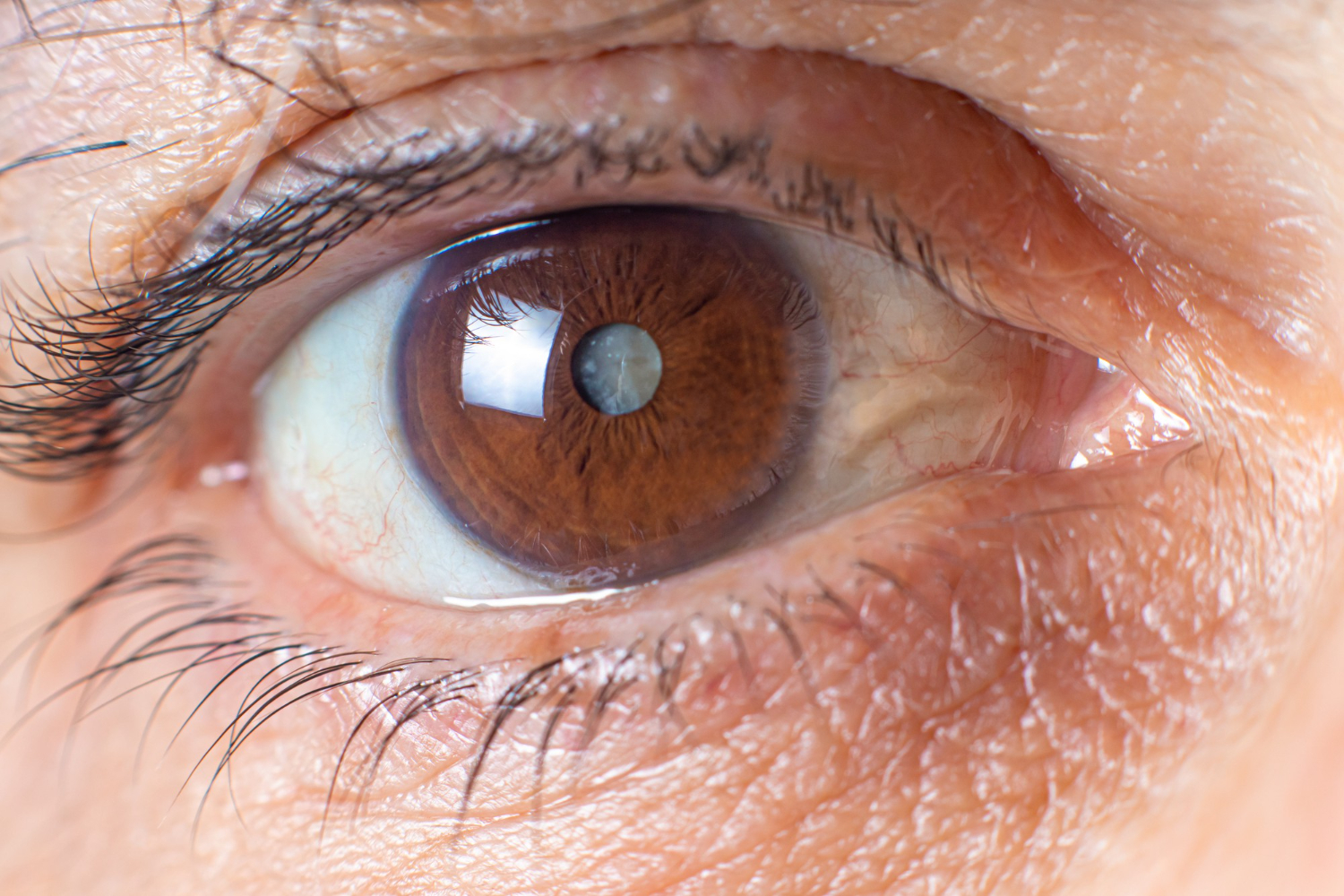Cataracts are a prevalent eye disorder impacting numerous individuals globally. The development of cataracts involves the clouding of the eyes lens, which hinders clear vision. Although primarily an age-related issue, cataracts may develop in younger people as well.
Clear vision relies on the eyes lens, which focuses light onto the retina. The formation of cataracts causes the lens to become cloudy, disrupting the light-focusing process. Common symptoms include blurry vision, poor night vision, sensitivity to bright light, and dull color perception.
Aging is the primary factor contributing to cataract development, though other causes exist. Diabetes, UV radiation, smoking, and specific medications are among the additional contributors to cataract formation. Genetics and prior trauma to the eyes are other factors linked to a higher chance of cataract development.
An ophthalmologist can diagnose cataracts through a detailed eye examination. These exams may involve assessing vision clarity, inspecting the lens with specialized tools, and evaluating the retina by dilating the pupils. Detecting cataracts early enables better management and reduces the risk of significant vision problems.
Treatment varies based on how advanced the cataracts are. In the early stages, stronger eyeglasses or over here better lighting may help improve vision. Surgery remains the definitive treatment for cataracts that significantly affect vision. The procedure involves replacing the cloudy lens with an artificial one to restore vision.
 Although cataracts are widespread, they are treatable and can severely impair vision if ignored. By recognizing the symptoms and seeking timely treatment, individuals can preserve their vision and quality of life.
Although cataracts are widespread, they are treatable and can severely impair vision if ignored. By recognizing the symptoms and seeking timely treatment, individuals can preserve their vision and quality of life.

